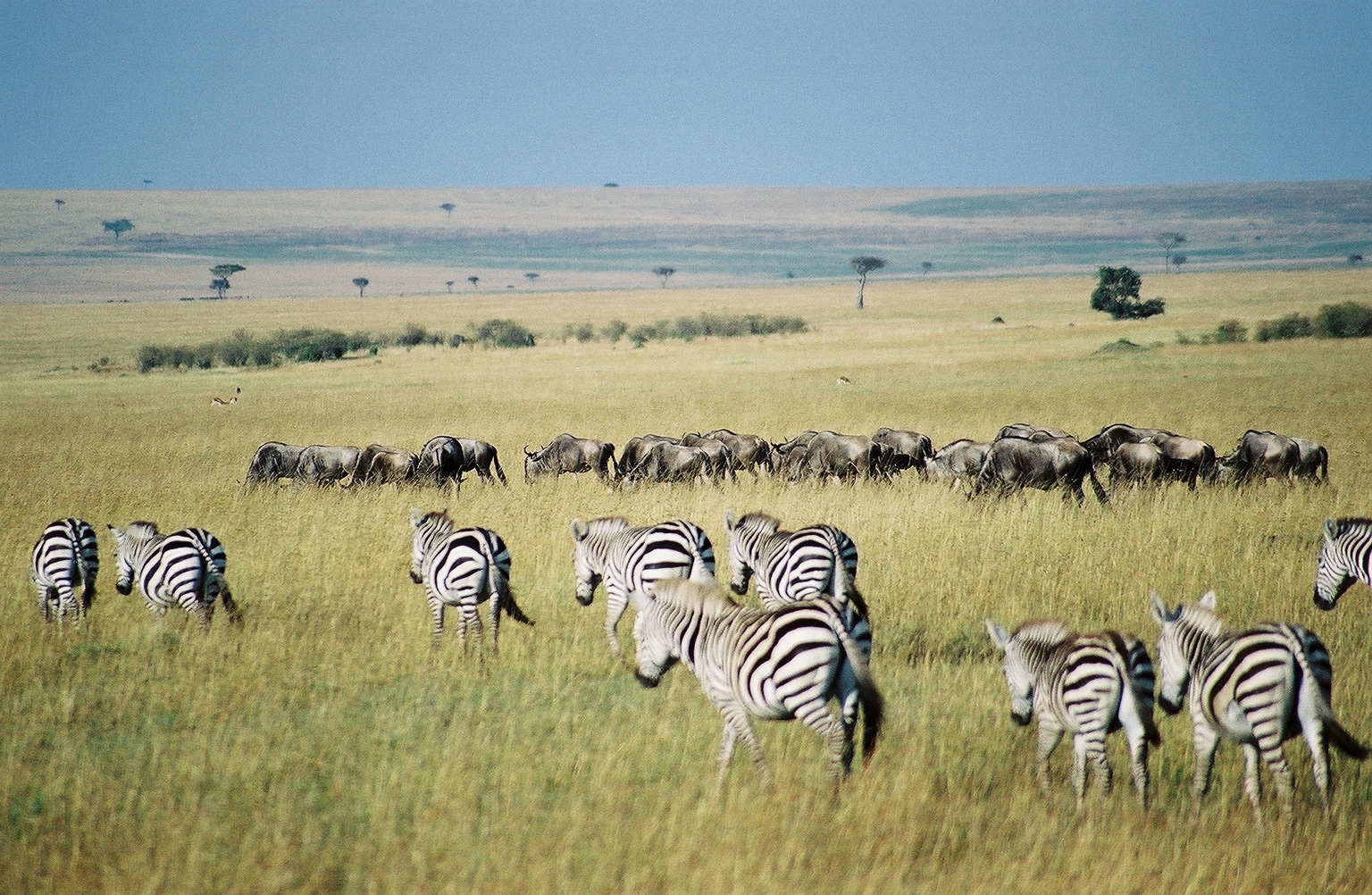First published on 06/14/2018, and last updated on 09/30/2018
Risks to the sanctity of community lands in Kenya. A critical assessment of new legislation with reference to forestlands, by Liz Alden Wily, June 2018, Land Use Policy, Volume 75, Pages 661-672.
Liz Alden Wily is a Honorary Member of the ICCA Consortium
Abstract:
Important new legislation protects community lands in Kenya. Enacting this legislation and its promise of protection is principally dependent upon each community’s ability to secure formal collective entitlement to its land. Many factors may impede this. While some of the complications involved in gaining title to land are common to all titling programmes, others are specific to Kenya. This is exacerbated by the low confidence communities may feel regarding the readiness of the state to embrace new approaches to property ownership, after a century of the subordination of traditional land rights. Forestlands, customarily shared by members of a community, are a likely early casualty of this unwillingness on the part of the State to change the status quo, so forestlands in particular are often needlessly retained by the State. This paper focuses on loopholes in new laws which could exclude forested lands from consideration for collective entitlement. This exclusion would seriously impair any constitutional advances in the process of protecting community lands. Ambiguity within the Constitution itself plays a role. Therefore, while lesser impediments to land justice may be remedied through clarifying regulations or by the parliamentary removal of offending clauses, judicial interpretation of constitutional intentions will be required in some cases. This would be better sought sooner rather than later, in order to limit wrongful land- takings and evictions of vulnerable forest communities, communities that may have lived in these areas for centuries, and still make their lives there today.
